By Dan Champagne
On a cold, dark December morning in 1944, B Company, 1st Battalion, 15th Regiment began the slow ascent up Hill 351. Coming under heavy machine-gun and artillery fire from a well-entrenched enemy, these soldiers of the U.S. 3rd Infantry Division were forced to dig in.
First Lieutenant George W. Mohr, commander of B Company, remembered the struggle: “We were pinned down by snipers and heavy machine gun fire; if you dared to lift your head up, you were dead.” Mindful that the hill had to be taken at all costs, Lt. Col. Keith L. Ware, the battalion commander, decided to take matters into his own hands. Shouting words of encouragement as he strode up and down the firing line, Ware steadied his weary men, invigorating them to fight on despite continuing artillery fire. His bold leadership and icy courage were pivotal in clearing the enemy and securing the hill.
The Repulse at Sigolsheim
The story of the hill’s capture had begun a week earlier, on December 17, 1944. The 3rd Infantry Division, which consisted of the 7th, 15th, and 30th Regiments, started its move south from Strasbourg, France, to relieve the 36th Infantry Division in the Colmar region. The 3rd Division’s first objective was to secure the towns of Bennwihr and Sigolsheim. These were the last two significant towns between the American lines and the key city of Colmar. Both towns were located at the extreme western edge of the Alsace Plain and just east of the last high slopes of the formidable Vosges Mountains. Securing the towns would prove to be a difficult challenge because the Germans had heavily fortified the entire area, including the high ground surrounding the settlements. One of the obstacles to the Allied advance was a German bastion called Hill 351, a steep mound that would bear witness to some of the most courageous fighting of the Colmar campaign.
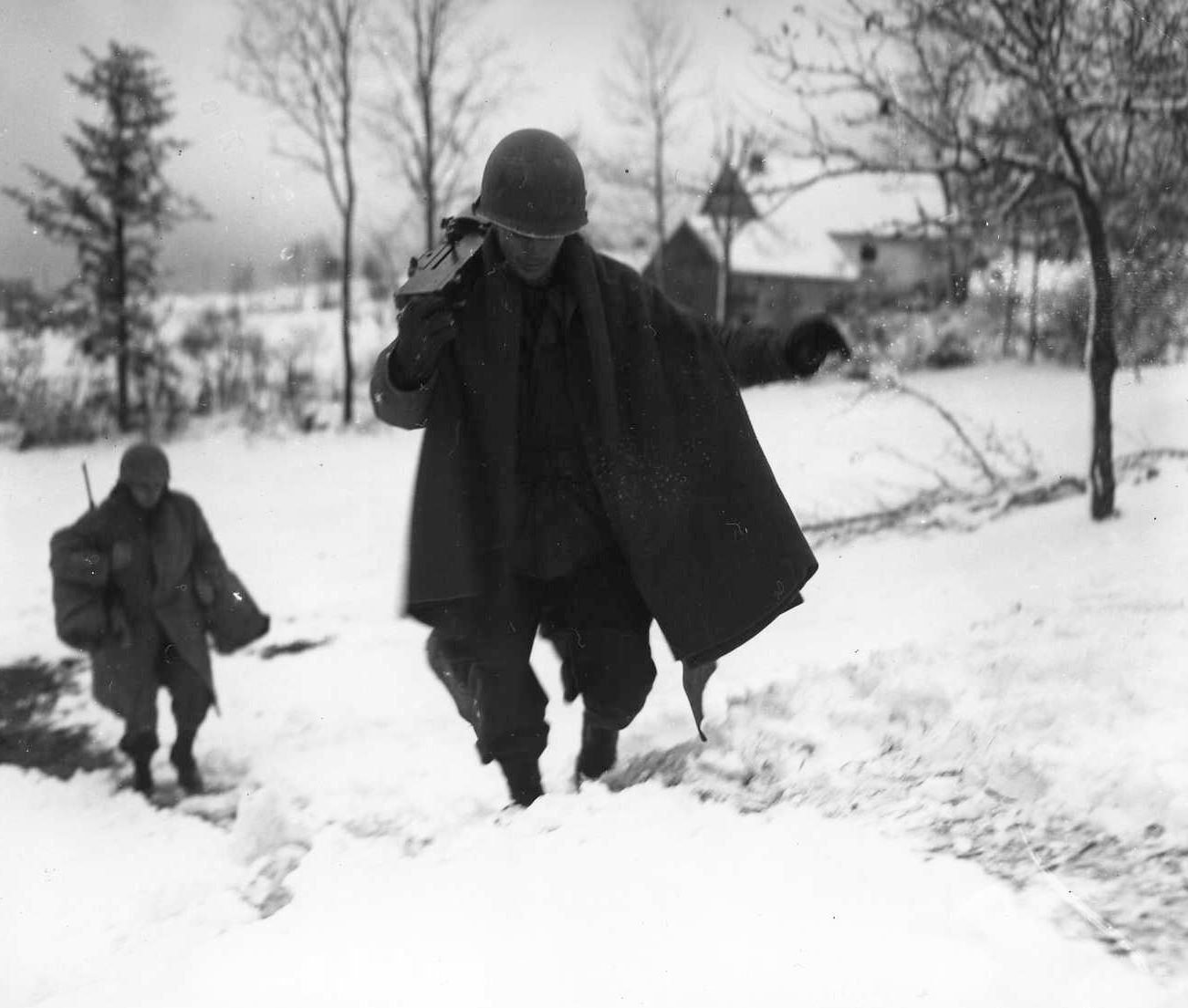
The 1st Battalion, 15th Regiment drew the unenviable assignment of capturing the town of Sigolsheim, a key German stronghold that had to be taken at all costs. Sigolsheim was an anchor of the enemy line on the northern perimeter of the Colmar bridgehead. Even though the town had been battered by artillery fire, the Germans had burrowed deeply into the rubble and continued their fanatical resistance.
At 7:30 am on December 23, the 1st Battalion attacked Sigolsheim in the east, from the direction of Kientzheim, and met stiff resistance. Machine-gun and small-arms fire were encountered just before entering the town. A Company fought its way into Sigolsheim but took heavy fire from buildings and foxholes. A German counterattack from Hill 351 to the north stymied the Americans, who realized that holding the town would be a difficult proposition.
The Americans determined that the enemy defenses were not only in the towns, but also on the northern and eastern slopes of Hill 351. Thus, the position was deemed untenable, and the 1st Battalion was forced to withdraw. William Weinberg, a sergeant in B Company, remembered the terrific fighting: “The 1st Battalion suffered terrible losses at Sigolsheim. We were repulsed from the town a couple of times, the ground was muddy, and our tanks got bogged down; it was a terrible mess. We had to pull back to Riquewihr where we dug in for the night.”
It was now apparent that before any position in Sigolsheim could be held, the enemy had to be cleared from Hill 351. Positioned between the towns of Bennwihr and Sigolsheim, the hill was a bare, irregular mass of rock that sloped gradually to the northwest toward the town of Riquewihr. Rising above the Alsace Plain, Hill 351 dominated the countryside and the cluster of towns on its flanks. The hill provided the Germans with excellent observation for control and accuracy of mortar and artillery fire. Captain Vernon L. Rankin, commander of D Company, remembered, “They used the hill to direct murderous fire on anything that moved for miles around the plain.”
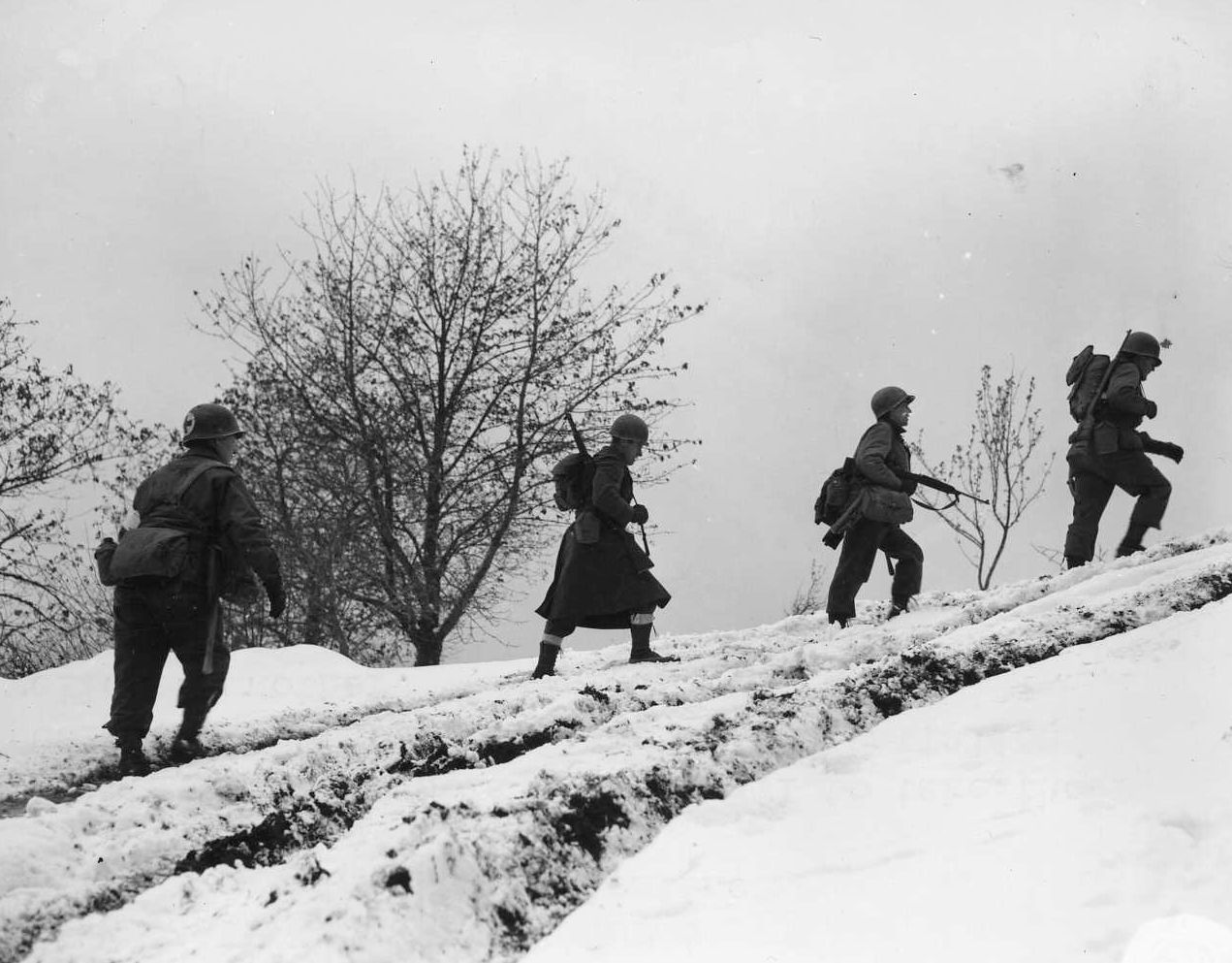
Lieutenant Mohr summed up the predicament: “To have taken Sigolsheim without first taking Hill 351 would have been suicidal.”
A “Miniature Cassino”
The hill was the key that unlocked the entire enemy defensive system. Lt. Col. Hallett D. Edson, commander of the 15th Regiment, recognized the daunting task that lay before the men of the 1st Battalion. “This miniature Cassino was defended by 200 crack SS troops under orders to hold their positions to the last,” he explained. “These men were stalwart, fanatical, and determined. With six machine guns covering the slopes and abundant artillery and mortar fire, they constituted an extremely formidable force.”
Intent on eliminating the harassing interference from Hill 351, A and C Companies attacked up the northwestern slope of the hill on the morning of December 24. A Company, commanded by Captain Elmo F. Tefanelli, reached the top twice but was badly disorganized by concentrated mortar and artillery fire. The Germans counterattacked, forcing the Americans to withdraw to the base of the hill. C Company, under the command of Captain Samuel H. Roberts, took up the fight and succeeded in reaching the northeast slope of the hill by noon. Both companies were compelled to dig in and consolidate their limited gains.
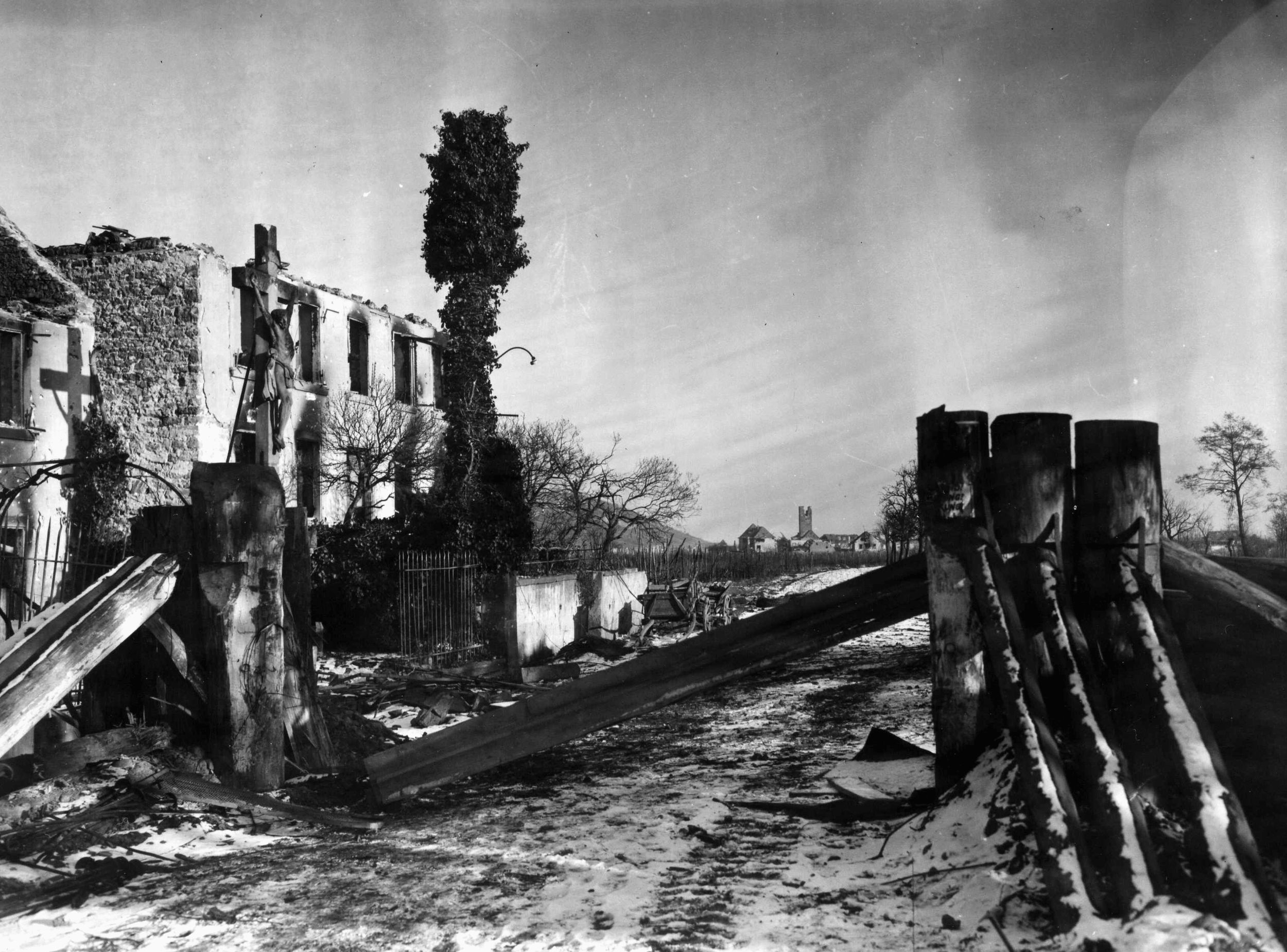
Attack on Christmas Day
The men of the 1st Battalion fought in the snow for possession of the rocky hill throughout Christmas Eve and Christmas Day, suffering heavy casualties. As Christmas night came to an end, Hill 351 still remained in German hands. However, the “Can Do” Regiment was not about to concede the hill to the enemy so easily. Early that Christmas morning, Lt. Col. Ware had ordered B Company into position for an attack on Hill 351, to commence at 5 am the following day.
Mohr recalled that memorable Christmas Day: “On the morning of December 25, Ware ordered B Company out of Sigolsheim to attack Hill 351. He wanted us to attack the hill from the direction of Riquewihr so we could join up with Company C on the northeast slope. I told him that it was too dangerous to withdraw from Sigolsheim during daylight hours, so we moved into position near Riquewihr after dark.”
On the morning of December 26, B Company began an agonizingly slow advance up the hill and began taking heavy artillery and mortar fire almost immediately. Soon the attackers were engaged in a terrific firefight with a well-entrenched enemy. Throughout the morning, Mohr and his weary men inched slowly up the hill. Shortly before noon, B Company approached the crest of the Hill 351 but encountered fierce and accurate artillery and mortar fire once again.
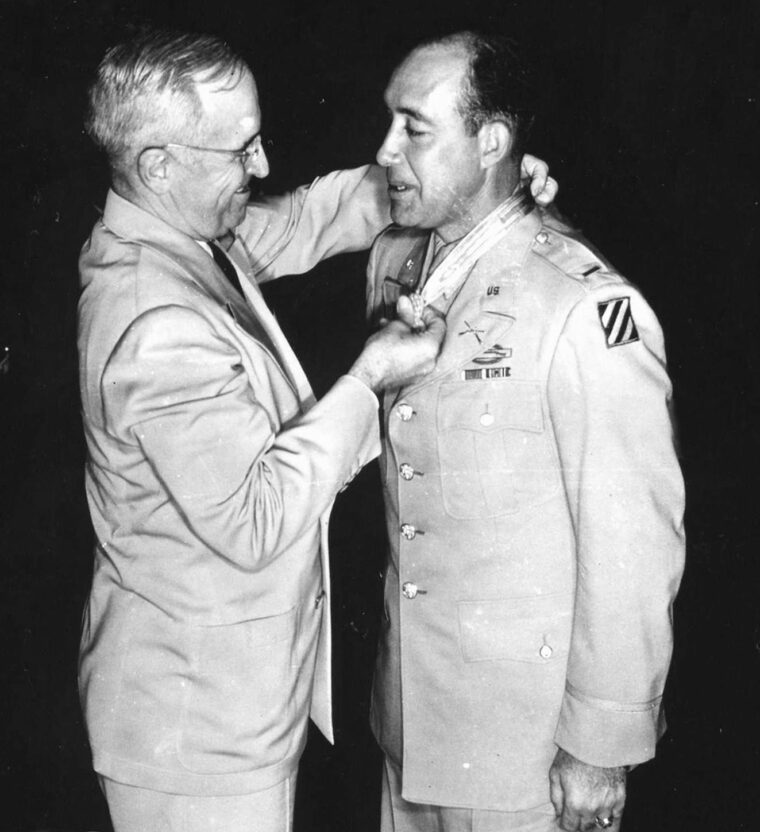
Mohr recalled, “We had already made several unsuccessful attempts to advance up Hill 351. We were going one foot at a time. Each time we moved, a rain of accurately directed artillery and mortar fire fell on the men. As we pressed forward, we encountered fire from half a dozen machine guns, which had excellent fields of fire; they dominated our approach to the crest. All of a sudden, one of my officers got a wound in the chest. I knew then that we were in for one hell of a battle. The fighting was so bad that Company B was eventually forced to dig in.”
Donald Eckman, a private in B Company, added, “We started up the hill and came upon a machine gun nest. We were tired and had suffered heavy casualties. I tried to get around and behind the grape vineyards. All of a sudden, I got hit twice in the leg with a pistol. Needless to say, the battle was over for me.”
“The Most Incredible Thing I Ever Saw”
Aware that his understrength company desperately needed reinforcements, Mohr sent Pfc. Dominick Trepasso and Sergeant William Weinberg back to battalion headquarters to get help. “When we got there, I showed Lt. Col. Ware our position on the map,” said Weinberg. “I told him there were not many survivors left, and the ones who were alive were centered around Company B on the northeast slope. Ware immediately put together a task force of about 25 men. I led them up a road and through a vineyard back to Company B.”
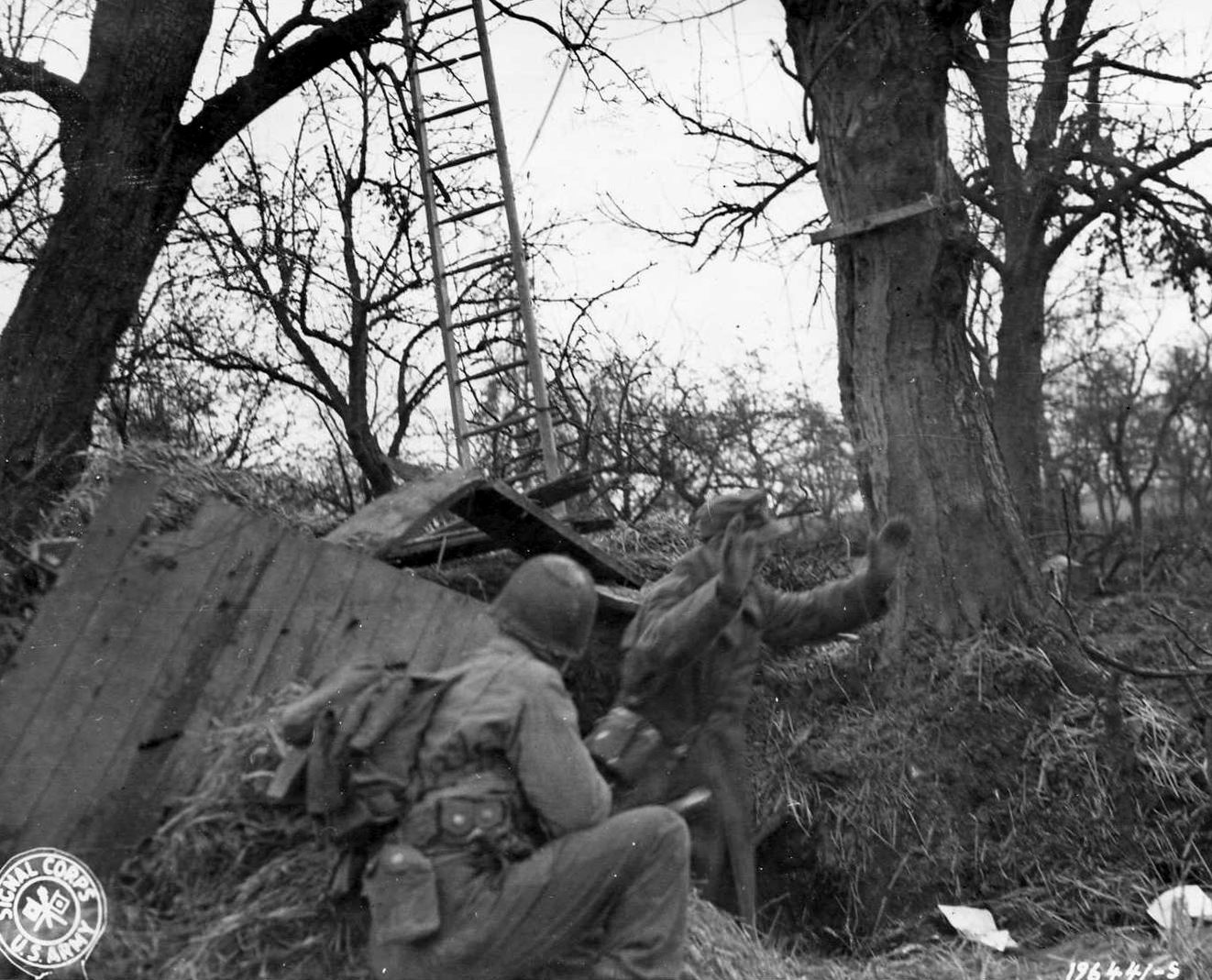
For the better part of two hours, Lt. Col. Ware reconnoitered the enemy positions. With the aid of his field glasses, Lieutenant Mohr watched the events unfold. “Lieutenant Colonel Ware moved up the hill, exploring the enemy positions, feeling out possible approaches to the heart of the German stronghold,” Mohr marveled. “He deliberately drew fire on himself to locate enemy automatic weapons.”
At approximately 2 pm, Ware decided that a vigorous display of leadership was required. “After Lieutenant Colonel Ware returned to the battalion, he went from foxhole to foxhole trying to inspire us to attack. He then armed himself with an automatic rifle and led a handful of men and a tank in a daring assault on six enemy machine gun positions at the top of the hill. It was the most incredible thing I ever saw,” Weinberg later recalled.
Captain Rankin, who accompanied Ware in his daring action, agreed. “Seeing that the men, who had suffered heavy casualties in previous unsuccessful attacks were reluctant to move, Lieutenant Colonel Ware shouted, ‘One platoon follow me!’ and, seizing a BAR (Browning Automatic Rifle) from a soldier, took off toward the crest. Nine enlisted men, a tank, and myself [sic] followed him.”
As soon as Ware and his men headed up the hill, enemy machine-gun fire converged on them from hidden positions. With bullets ricocheting off the rocks beside him, Ware boldly moved forward ahead of his men. Advancing calmly under fire, he approached to within 20 yards of the first enemy machine gun and shot two German riflemen. He then indicated its position to his tank by firing tracer rounds into the emplacement, enabling the tank to promptly knock the gun out of action. Turning his attention to a second machine gun, Ware advanced 50 more yards through furious fire and killed two of its supporting riflemen. Again, his tank silenced the gun. Having expended the rounds for the BAR, Ware took up an M1 rifle, killed another German soldier, and fired upon a third machine gun nearly 50 yards away. Once his tank destroyed the position, he charged toward a fourth machine gun and fearlessly engaged it, forcing German soldiers in supporting trenches nearby to surrender.
During this action, Ware’s small assault group was fully engaged in attacking enemy positions. Five of the 11 men became casualties. Ware was wounded in the hand but refused medical attention. For his actions on Hill 351, Ware later received the Medal of Honor.
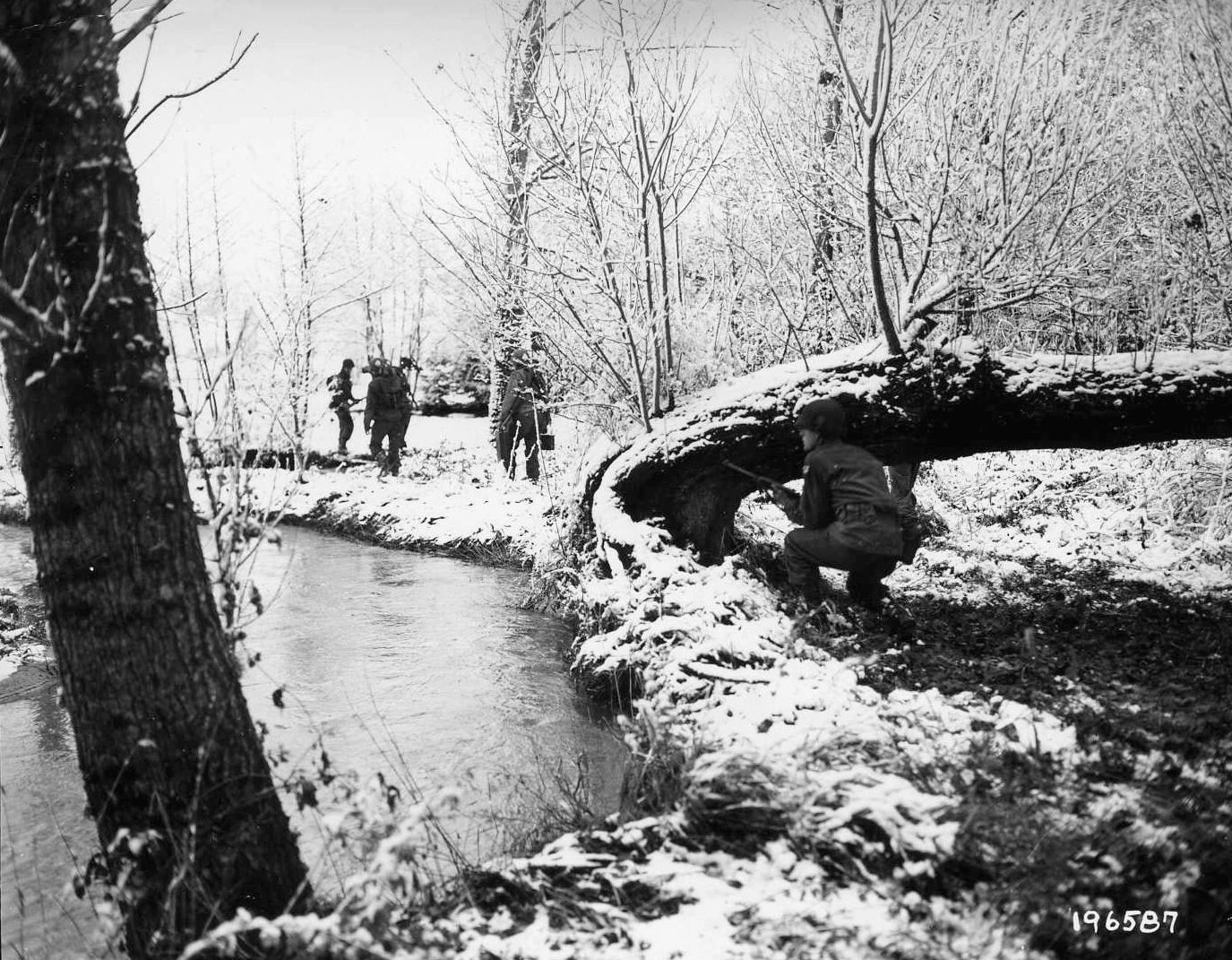
Captain Merlin C. Stoker, a member of the group that went with Ware, said, “It is my opinion that Colonel Ware’s display of icy courage was an act, not only of heroism, but of necessity. It was essential that the deadlock in the Sigolsheim sector be broken and that the discouraged troops be given an injection of the offensive spirit.”
Captain Rankin, who had also directed mortar on the hill during the assault, added, “Colonel Ware personally killed five Germans and captured about 20 others. Tank fire, which the colonel directed, accounted for four of the six machine guns that comprised the hard core of the German position.”
The Final Assault
Although the German defensive positions were significantly compromised, they still controlled the hill. When Ware got back to battalion headquarters, he called Lieutenant Mohr and ordered him to organize his company in preparation for the final assault.
“It was just about that time that I got hit in the hip,” Mohr vividly recalled. “I immediately asked a private to come up and cut open my canteen so I could put ice on the wound. It was so cold that day that my drinking water was frozen. Then the scariest thing happened,” Mohr said. “Suddenly, a shell came into our foxhole and hit the private right in the chest. I looked down on my leg and there were parts of his brains sitting there. We lost a lot of good men that day; it was one hell of a fight.”
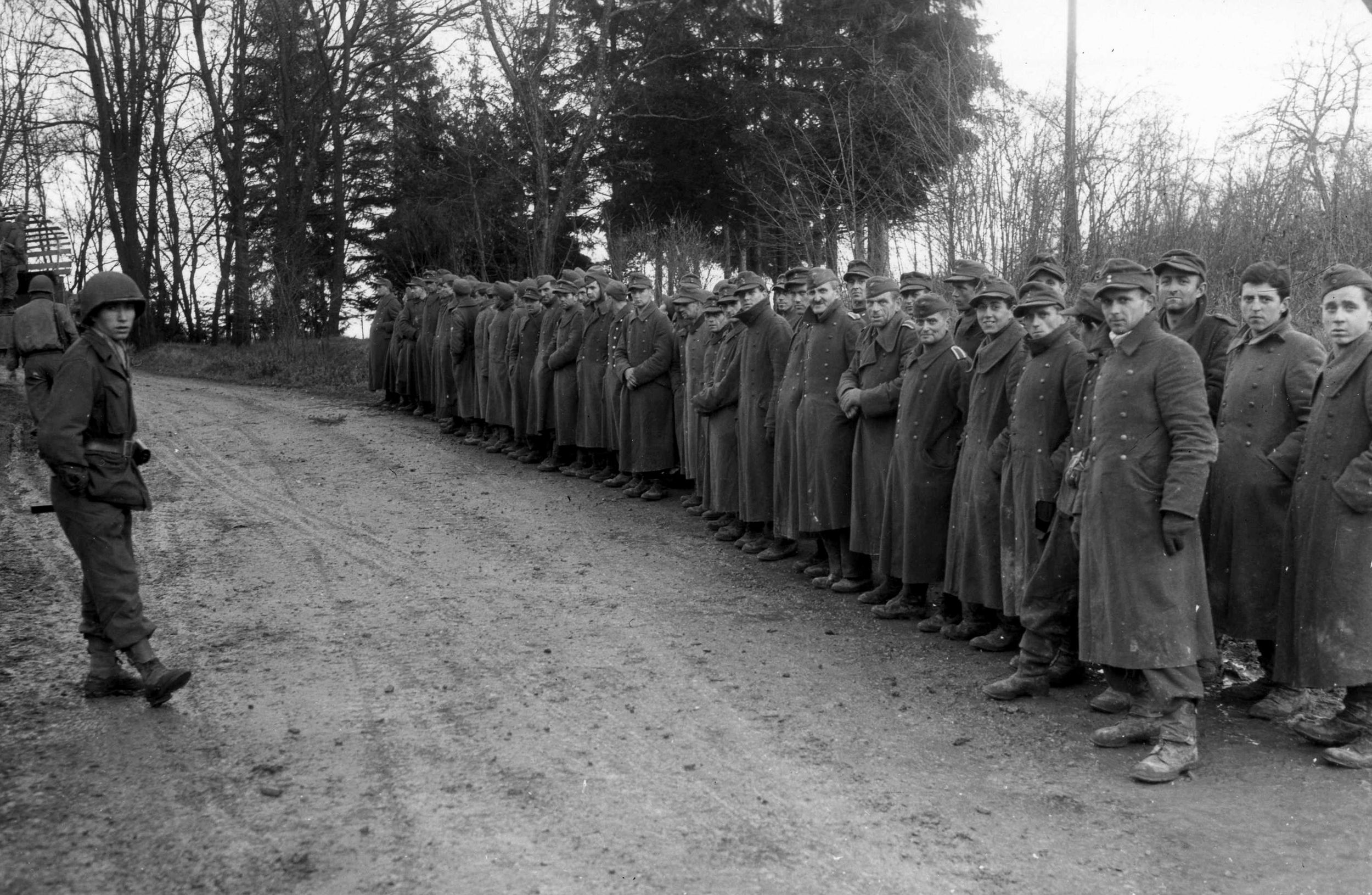
Meanwhile, the 2nd Battalion coordinated its fires with the attack of the 1st Battalion in the final clearing of Hill 351. Their position shattered, dozens of Germans were frantically running from the crest of the hill. Mortar fire from D Company spread over the forward slope, inflicting heavy casualties on the panic stricken enemy. Private Richard Byham, who followed Ware up the hill, commented, “I was ordered to the top to take prisoners if possible… Thirty-seven of the enemy surrendered … I was told later that many of the Germans occupying the trenches at the top escaped to Sigolsheim below the hill.”
Hill 351, the towns of Bennwihr and Sigols- heim, and a large number of prisoners constituted the holiday gift that Brig. Gen. Robert N. Young, acting 3rd Division commander, received from the 15th Regiment. However, the price of the victory was high. Weinberg remembered, “We called Hill 351 ‘Christmas Hill,’ and the Germans called it ‘Bloody Hill.’ Both names were fitting.”
Mohr summed up the sacrifice: “B Company had the largest casualties that day. We lost all our officers and over forty percent of the company.”
The Official History of the U.S. Army in World War II describes the action at Hill 351 as one of several “unheralded skirmishes.” To the men of the 15th Regiment, the fight was a life and death struggle. They had fought valiantly to dislodge a well-entrenched force of 200 battle-hardened German troops. In the end, the regiment seized a position that the enemy had been ordered to hold to the death. First Lieutenant Eli Whiteley of L Company received the second 1st Battalion Medal of Honor for heroism on December 26, 1944.
Lieutenant Colonel Keith L. Ware eventually was promoted to the rank of major general. He was killed in action 25 years later, while commanding the 1st Infantry Division in Vietnam.
Dan Champagne has taught U.S. history and American government in the public school system for 10 years. He is the author of the book Dogface Soldiers: The Story of B Company, 15th Regiment, 3rd Infantry Division, published in 2003. He resides in Williamsburg, Virginia.
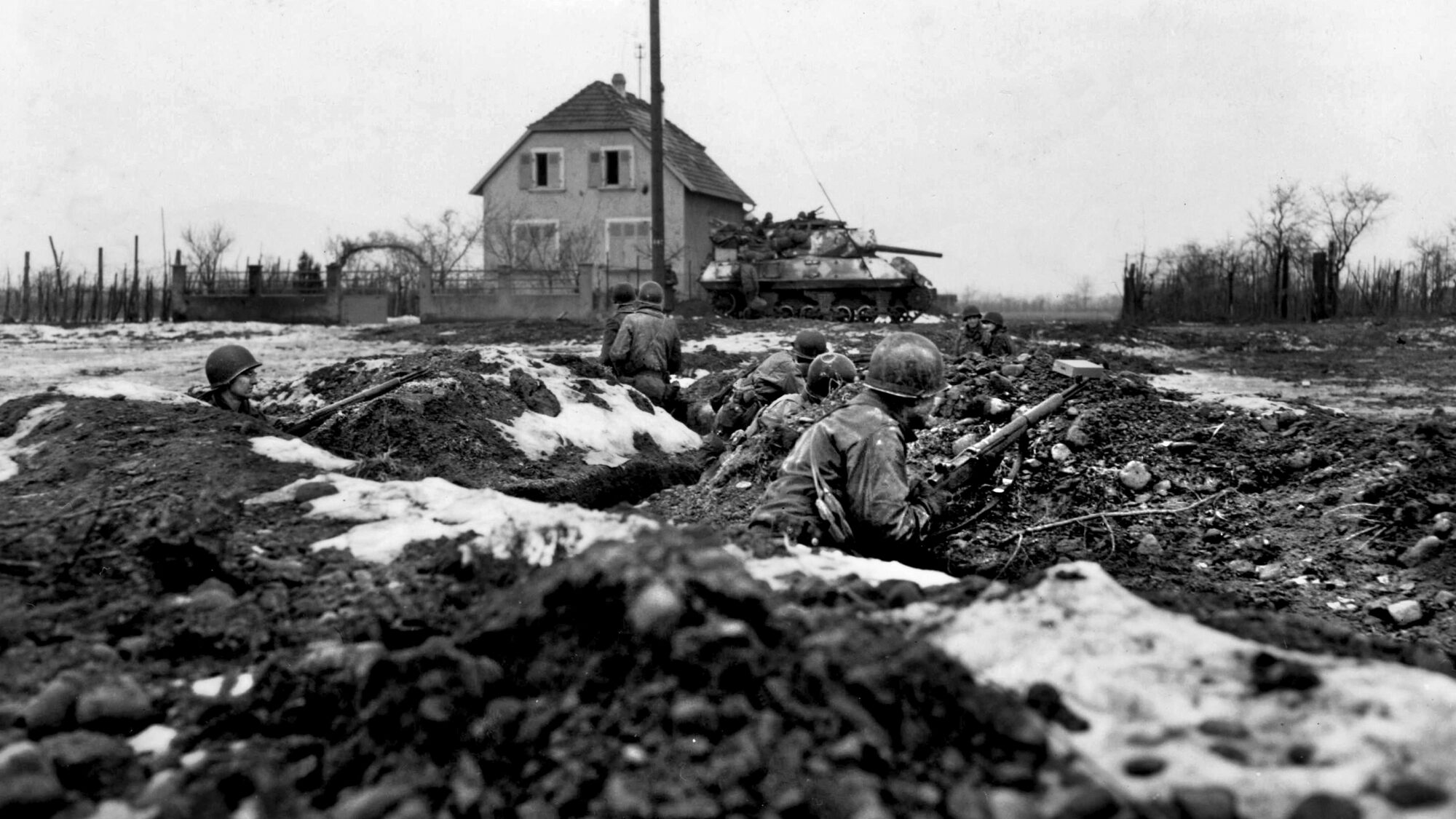
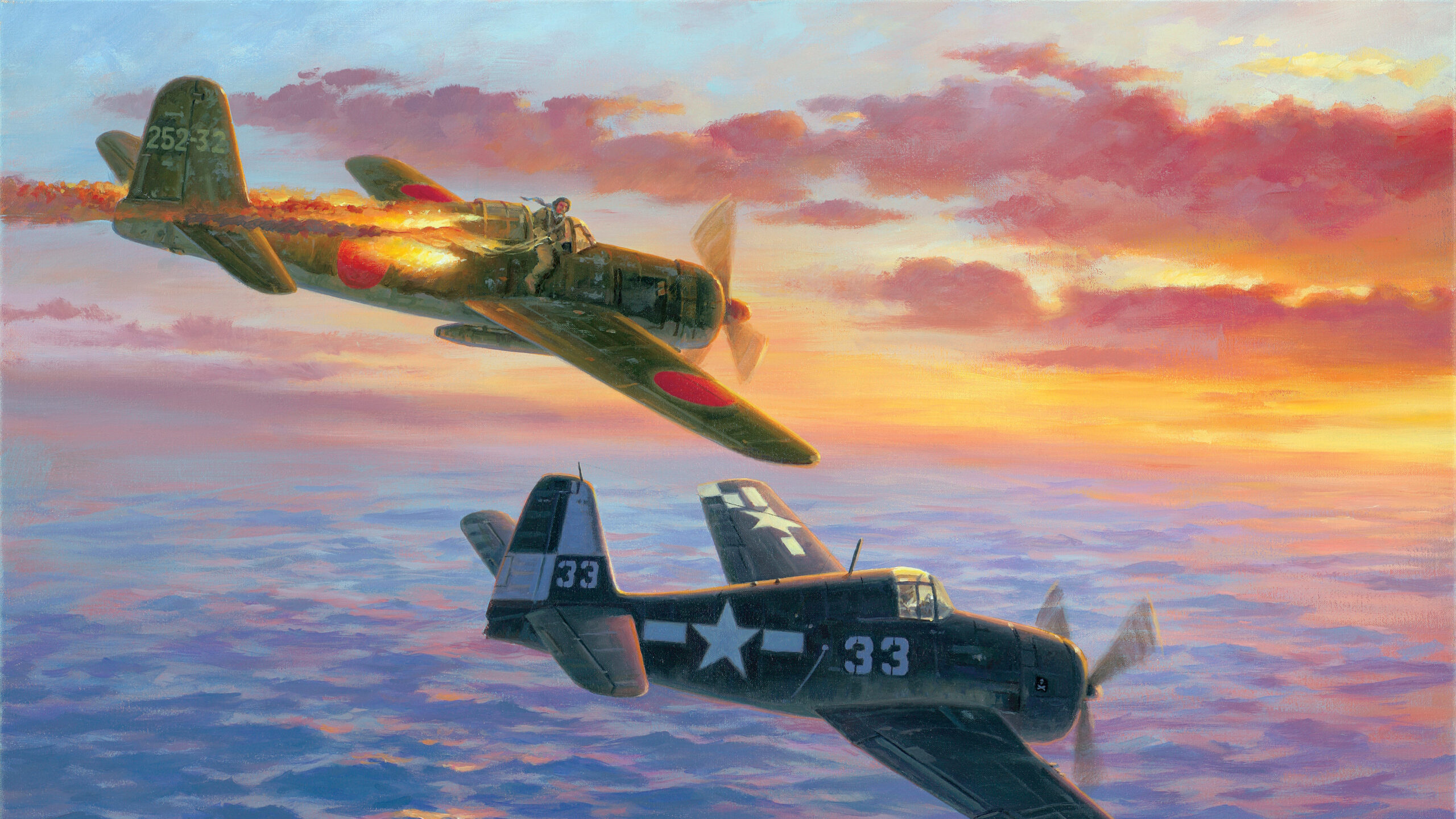
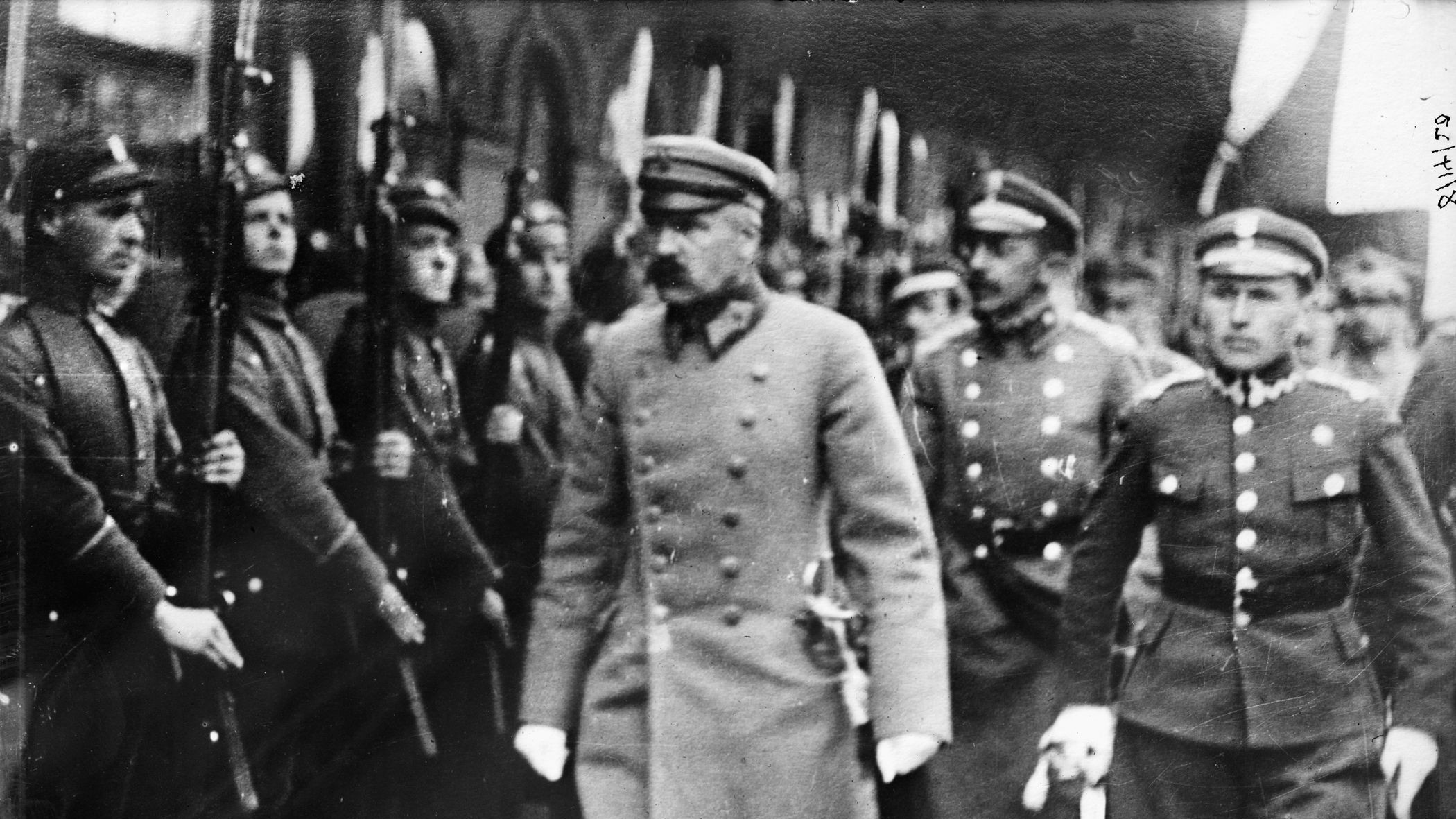
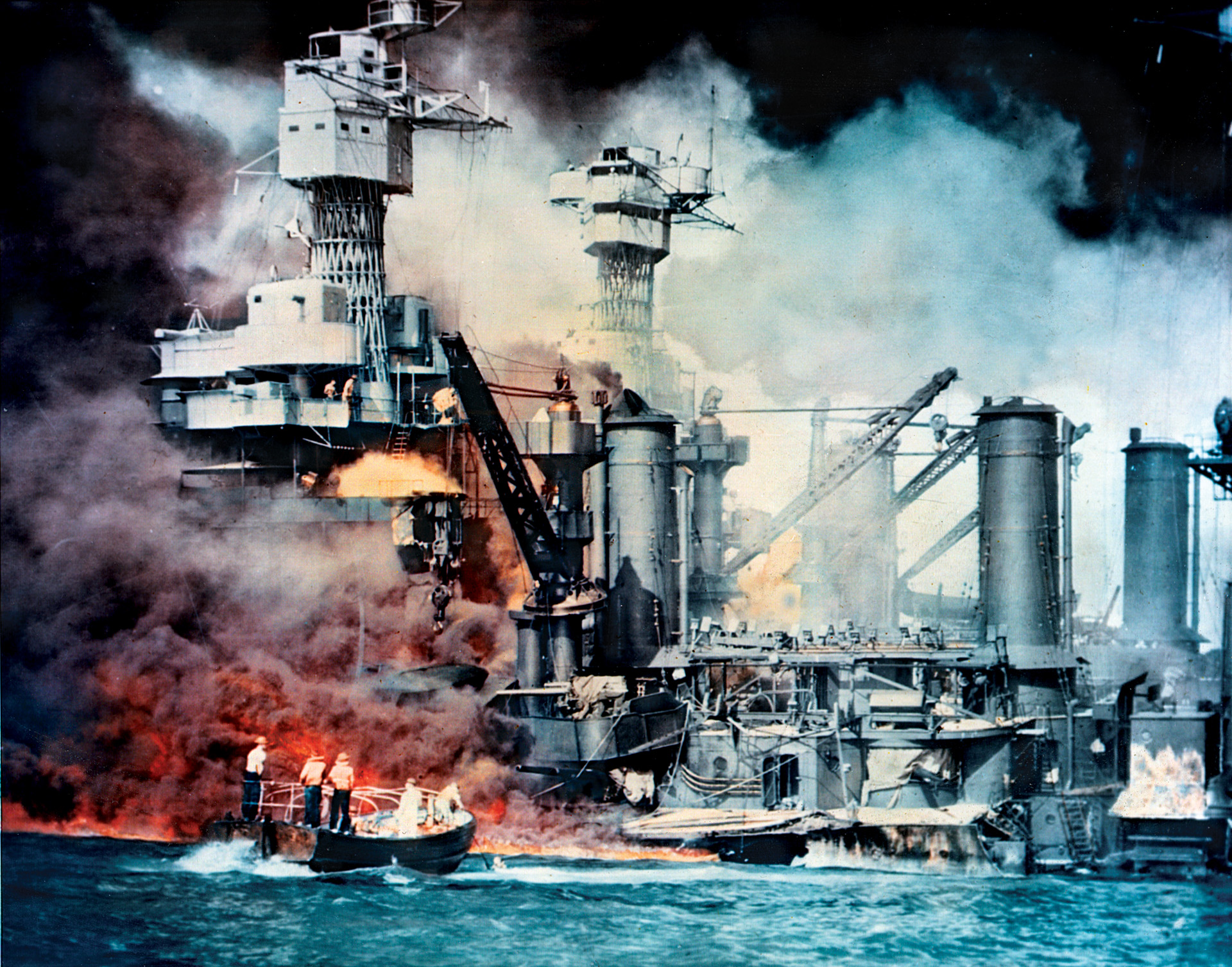
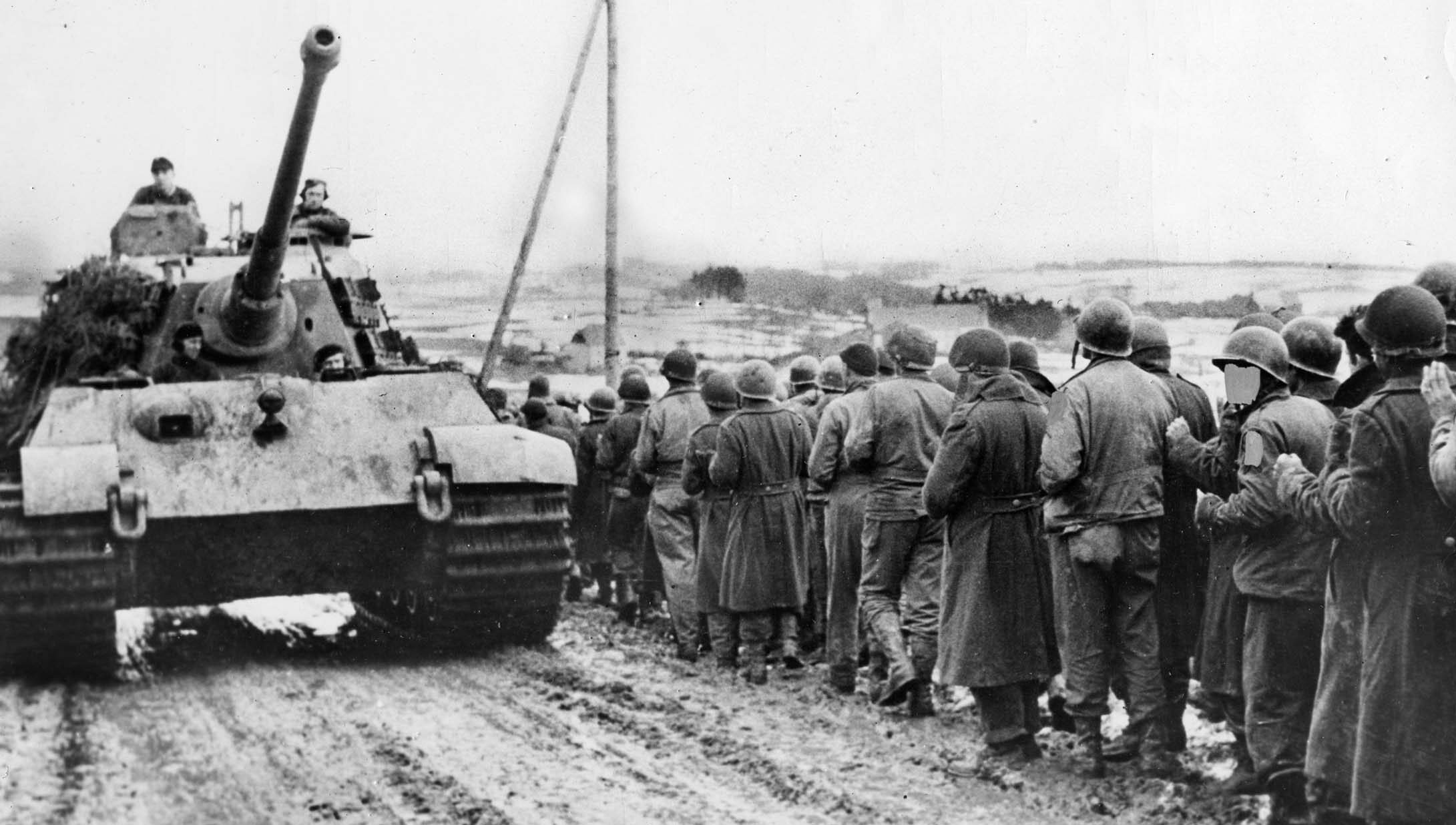
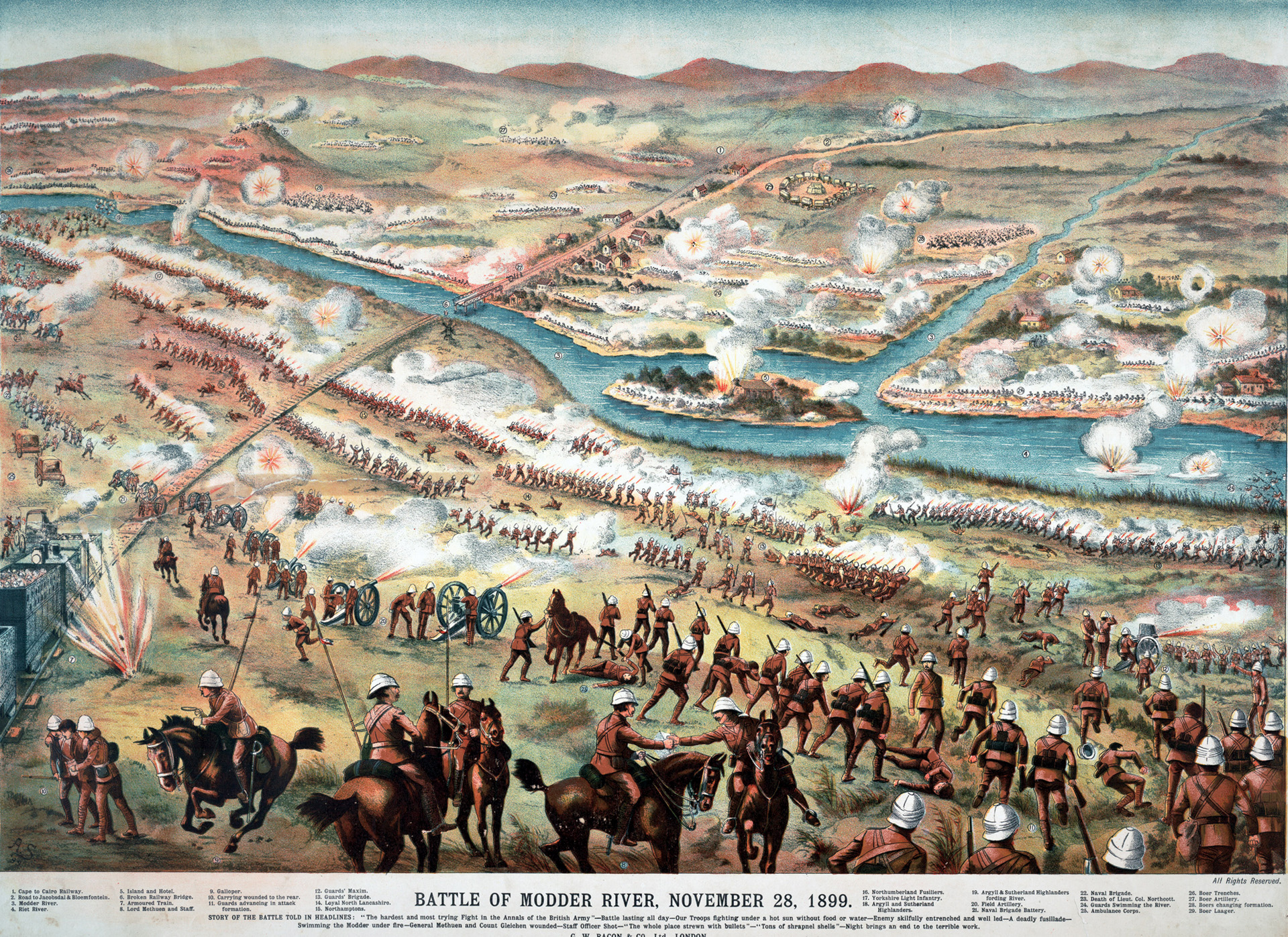
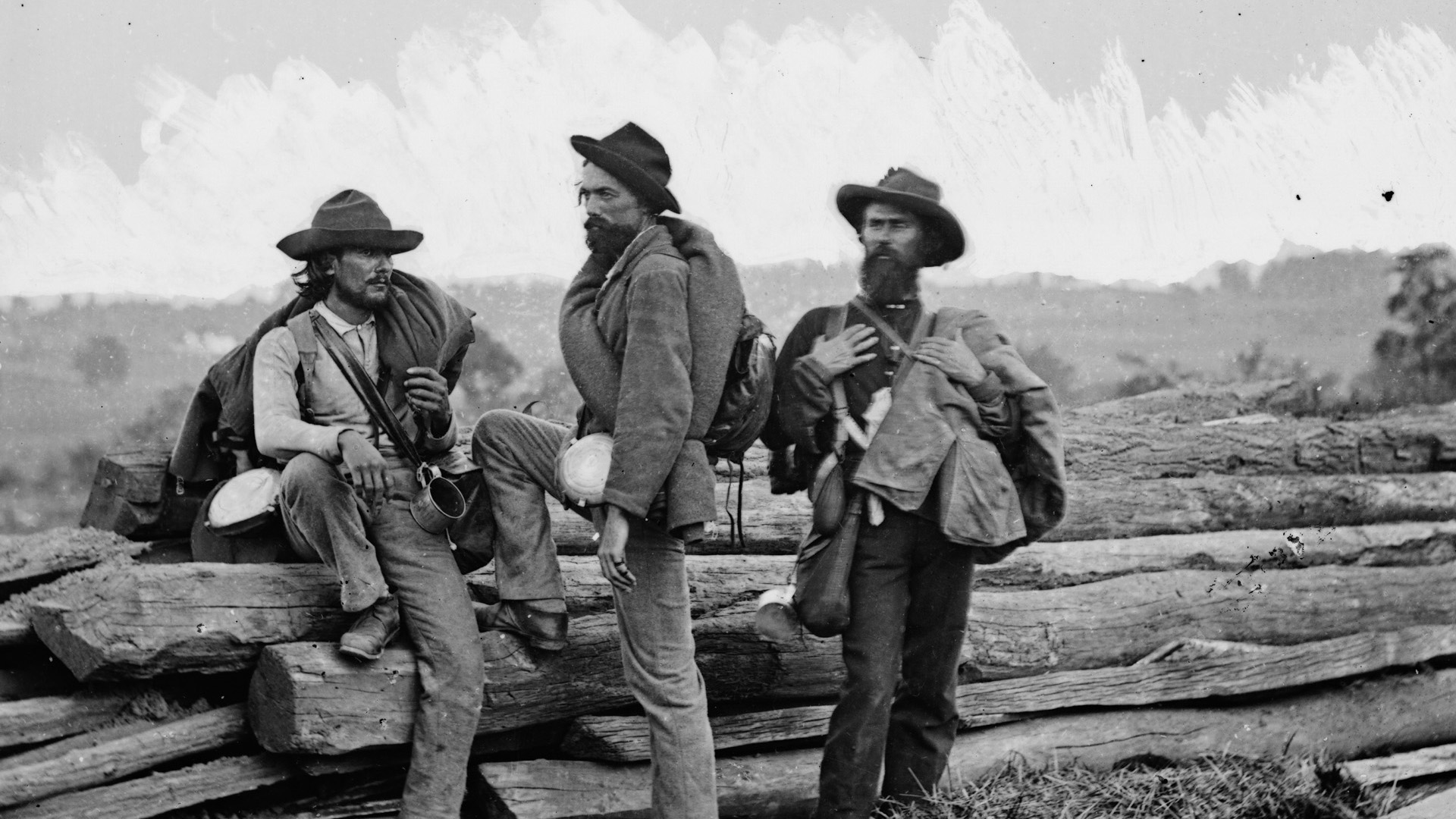
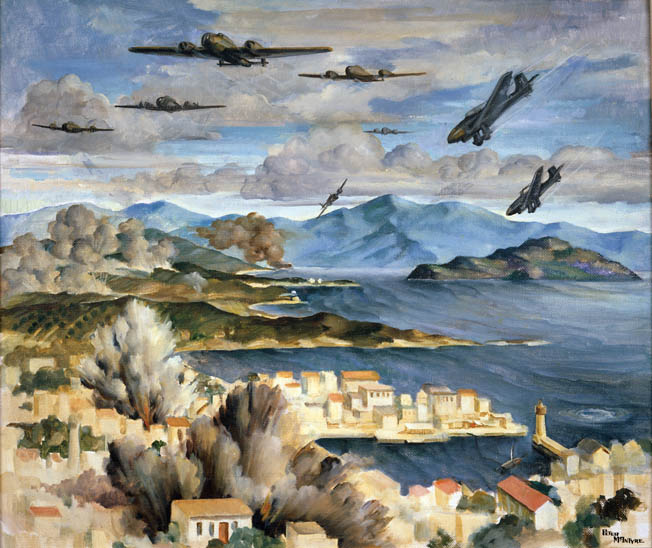
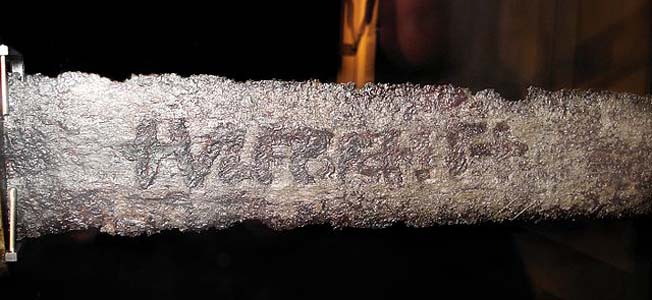
Fascinating story! Thankyou. I can vaguely imagine how it looked – immense bloody-minded dedication of people like Lt.Col. Ware in this battle.
Greetings from a tourist staying in Riquewihr right now. Today, atop what I gather to be Hill 351, is a Necropolis dedicated to operations in this area. It commands astounding 360 views, and it’s easy to see the tactical superiority any spotter units would have had up there. French African regiments appear to have suffered in similarly intense engagements in this area.
This is an exciting story and very scary. I do not know if I could have survived in this environment of the battle-tested enemy. Vietnam jungle skirmishes were enough for me along with the I Drang Valley battle in Nov. 1965. You are doing a very good job getting these stories put together. Thank you
Dan Champagne’s article is excellent, an exciting and informative description of one of a number of extremely difficult battles fought near the German border during the winter of 1944-5. However, it lacks one of the essential elements in a complete piece of military history: an accurate, well-labeled map of the region in which this battle took place. While it is clear that this fight was essential to the campaign, a map would assist the reader in knowing exactly where and why this important action took place. Without this, one would need a detailed WW II atlas to follow the battle. Thanks for the fine description!
Great story,very brave men on both sides.